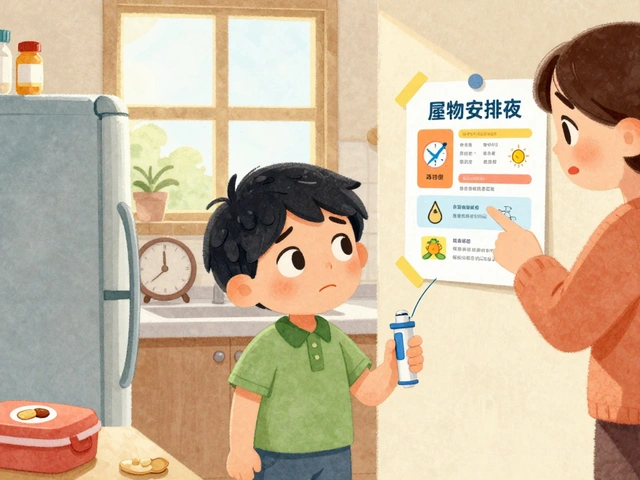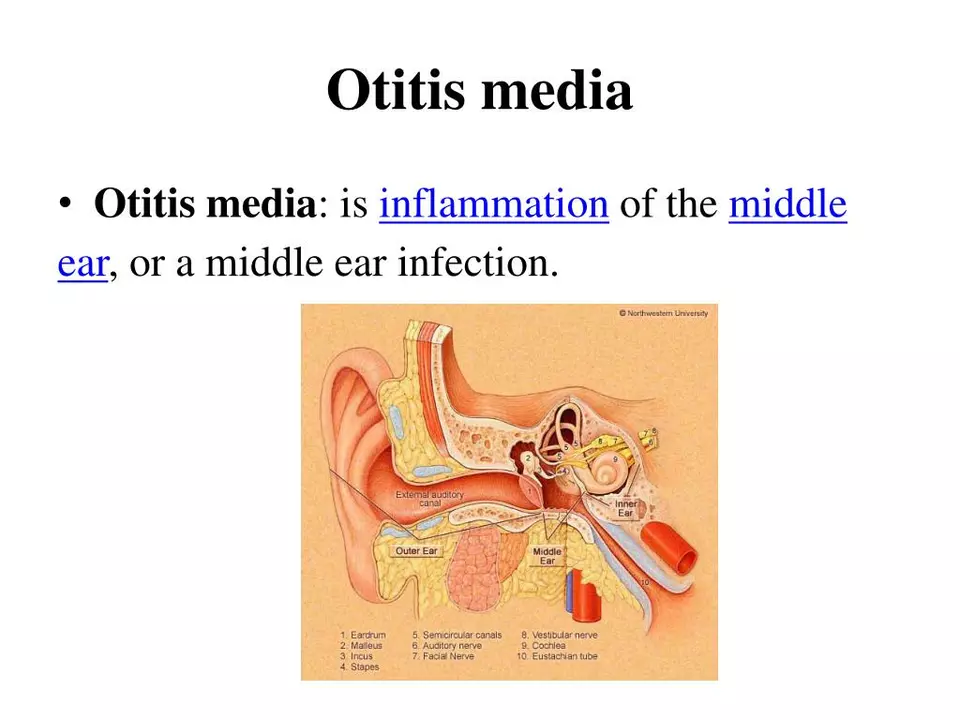Azelastine: fast allergy relief for nose and eyes
If your eyes water or your nose starts itching the moment you step outside, azelastine might help faster than many pills. It’s an antihistamine available as a nasal spray and eye drops. People choose it when they want quick relief from sneezing, itching, runny nose, or red, watery eyes.
How azelastine works and when to use it
Azelastine blocks histamine receptors where allergy symptoms start. For the nose, the spray treats seasonal and year‑round allergic rhinitis. For the eyes, the drops calm allergic conjunctivitis. Many users report feeling better within 15–30 minutes after using the spray or drops, so it’s a good option when you need faster symptom control than oral antihistamines.
It works best for immediate symptoms and can be used alone or alongside other treatments. A common combination you may see is azelastine plus an intranasal steroid (available as a combined product in some places), which helps when single treatments aren’t enough.
Using azelastine safely: practical tips and side effects
Nasal spray tips: gently blow your nose first. Shake the bottle if instructed, prime it if it’s new, then point the nozzle slightly away from the septum (the center wall) and spray while breathing in lightly. Avoid spraying directly onto the septum to reduce irritation or nosebleeds. Typical dosing is one spray per nostril twice daily for many adults, but follow the product label or your doctor’s instructions.
Eye drop tips: don’t touch the dropper tip. Tilt your head back, pull the lower lid down, place the drop into the pocket, then close your eye for 20–30 seconds. Remove contact lenses before using the drops and wait at least 10 minutes before reinserting lenses unless the product says otherwise.
Common side effects are a bitter taste after the nasal spray, mild nasal irritation, headache, or slight drowsiness. Eye drops can cause a brief stinging or burning. Serious reactions are rare, but if you notice swelling, severe dizziness, or breathing problems, seek help immediately. If you feel drowsy, don’t drive or operate machinery until you know how azelastine affects you.
Pregnant or breastfeeding? Check with your healthcare provider — topical forms have low absorption but it’s best to get personalized advice. Also tell your doctor about other meds you take; azelastine has few interactions but your full list of medicines matters.
Money-saving tip: generic azelastine is often cheaper. Compare pharmacy prices, look for coupons, or ask your pharmacist about generic options. And if one form (spray vs drops) doesn’t help enough, ask about combining treatments rather than increasing doses.
If allergies hit fast and hard, azelastine can be a useful tool. Use it as directed, watch for side effects, and check with your provider when in doubt.
6
The connection between azelastine and otitis media
As a blogger, I've been researching the connection between azelastine and otitis media, and I've discovered some interesting findings. Azelastine, a popular antihistamine, has been shown to potentially help in treating otitis media, a common middle ear infection. By reducing inflammation and congestion, azelastine helps to alleviate some of the symptoms associated with this condition. However, it's important to note that azelastine is not a standalone treatment for otitis media, and should be used in conjunction with other medications prescribed by a healthcare professional. Overall, azelastine seems to be a promising adjunct therapy for otitis media, but further research is needed to fully understand its effectiveness.
Latest Posts
Popular Posts
-
 Pharmacist Recommendations: When to Suggest Authorized Generics
Pharmacist Recommendations: When to Suggest Authorized Generics
-
 Over-the-Counter Medication Safety: Hidden Ingredients and Interactions You Can't Afford to Ignore
Over-the-Counter Medication Safety: Hidden Ingredients and Interactions You Can't Afford to Ignore
-
 GLP-1 Side Effects: How to Manage Nausea, Dosing, and Realistic Expectations
GLP-1 Side Effects: How to Manage Nausea, Dosing, and Realistic Expectations
-
 How to Keep Medications Safe from Children and Pets at Home
How to Keep Medications Safe from Children and Pets at Home
-
 Allergy Action Plan: Essential Medications to Carry and When to Use Them
Allergy Action Plan: Essential Medications to Carry and When to Use Them



